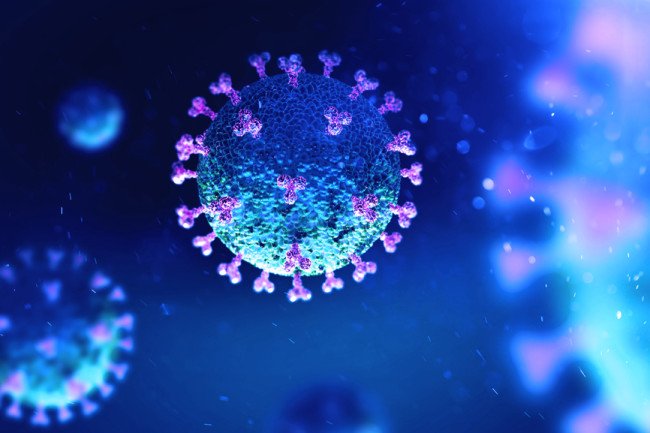IIT Mandi uses computational tool to study coronavirus
August 10, 2020 | Monday | News
Researchers plan to conduct more in-depth studies to establish structure-function relationships for a better understanding of the functioning of SARS-CoV-2 proteins
Image credit- shutterstock.com
Indian Institute of Technology Mandi research team, in collaboration with researchers from Virginia Commonwealth University and the University of South Florida, USA, has used computational tools to understand an important part of the viral proteome called Intrinsically Disordered Protein Regions (IDPRs).
The research team is headed by Dr. Rajanish Giri, Assistant Professor, School of Basic Sciences, IIT Mandi. The results of this path breaking and timely work have recently been published in the journal, Cellular and Molecular Life Sciences.
The research paper is co-authored by Dr. Rajanish Giri, his research scholars – Ms. Taniya Bhardwaj, Ms. Meenakshi Shegane, Ms. Bhuvaneshwari R. Gehi, Mr. Prateek Kumar and Mr. Kundlik Gadhave, and American scientists, Dr. Christopher J. Oldfield, Virginia Commonwealth University, and Dr. Vladimir N. Uversky, University of South Florida.
The COVID-19 virus essentially consists of the genetic molecule, RNA, enclosed in an envelope made of lipid and proteins. Once in the host, the virus overpasses the host defence mechanisms and inserts its RNA into the host cells. Then, the virus hijacks the host cell machinery to use the viral RNA for production of viral proteins in a process called ‘translation’, and the infected cell starts generating toxic viral proteins, which leads to various conditions and symptoms. It is known that proteins provide both structural and functional characteristics to living things and extraneous (viral) proteins can take over the functions of human cells.
“In COVID-19, the RNA is translated first into proteins which perform a wide range of functions. Since protein functions depends both on ordered and disordered regions, it is important to understand the whole proteome considering both ordered and disordered proteins”, explains Dr. Giri. The set of proteins or proteome comprises both ordered regions and disordered regions in proteins.
Explaining the research, Dr. Giri, said, “Intrinsically Disordered Proteins (IDPs), and Intrinsically Disordered Protein Regions (IDPRs) are gaining attention in recent times because they have been discovered to play vital roles in various biological processes”. The IDP and IDPRs have been strongly correlated with the virulence of viruses, and understanding their structure and functions in COVID-19 can help in finding ways to mitigate the effects of the infection. Both the protein structure and non-structure are fundamental things and their knowledge is paramount to understand the virus pathogenesis. Using computational tools it’s possible to investigate the propensities of the proteins and regions that may or may not form the structure.
The IIT Mandi team has also compared IDPRs among the closely related viruses, human SARS and bat SARS-like CoVs. Such comparisons enable a better understanding of the sequence and structural peculiarities of the evolution of the virus and their virulence.
The IIT Mandi researchers plan to conduct more in-depth studies to establish structure-function relationships for a better understanding of the functioning of SARS-CoV-2 proteins. ‘Currently, we are also performing experiments to further investigate the disordered proteins in SARS-CoV-2’, says Dr Giri.










